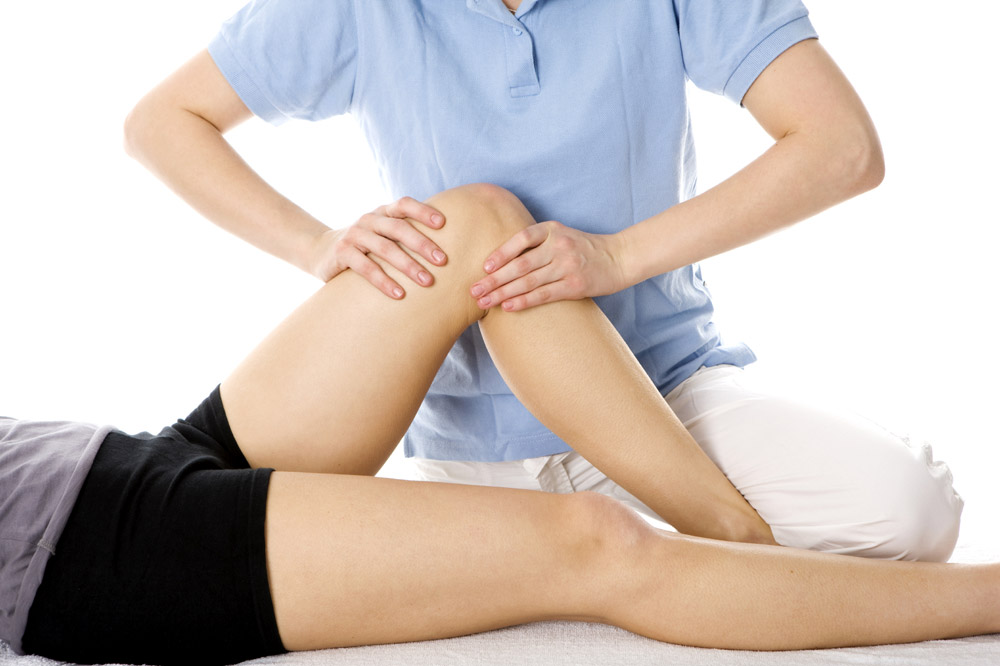Pain at the back of the knee? It could be a Baker’s cyst.
A Baker’s cyst, also known as a popliteal cyst, can provide no symptoms at all, or it can be the cause of swelling located at the back of the knee.
There may be aching, and swelling in the back of the knee. There may be a ‘tight’ sensation felt, especially when the leg is fully extended or even when in a deep squat.
THE BAKER’S CYST
A Baker’s cyst can occur after an injury to the meniscus of the knee joint, with arthritis of the knee, or may involve the knee bursa.
It is made of an outcropping of fluid from the knee joint itself that can be intra-capsular in nature. Occasionally the cyst can rupture, resulting in swelling, redness, and fluid build-up further down the leg.
Just as we cry using our eyes; the Baker’s Cyst is the knee crying into a cyst at the back of the knee.

Treatment of a Baker’s cyst is usually performed by treating the causative symptoms. If it is due to arthritis or meniscal damage, settling these conditions will usually settle the cyst. Relative rest and pain relief may help with discomfort in the short term. In rare conditions steroid injections, drainage, or surgical excision may be performed.
HOW CAN PHYSIOTHERAPY ASSIST A BAKER’S CYST?
- Biomechical assessment – contributing causes to why the pain in the back of the knee.
- Manual therapy to deload the attaching forces on the knee.
- Exercise prescription and load management.
Physiotherapy can be quite assistive for pain in the back of the knee. It is important to know that a Baker’s Cyst can be a long term accumulation of contributing factors that need to be strategically reversed or modified by physiotherapy.
WHAT ELSE COULD PAIN IN THE BACK OF THE KNEE BE?
Pain in the back of the knee can also be due to a number of other causes, including hamstring or popliteal muscle tendinopathy, arthritis, meniscal damage, Posterior cruciate ligament damage, referred nerve pain, or arterial insufficiency.
Many of the symptoms of a Baker’s cyst can also mirror those seen with deep vein thrombosis. As a result, thorough examination and imaging is recommended to rule out the possibility of a more sinister cause.
If you are experiencing pain at the back of the knee, do not hesitate to see our experienced Physiotherapist at Pivotal Motion. Book an appointment online or call us today on 07 3352 5116.

